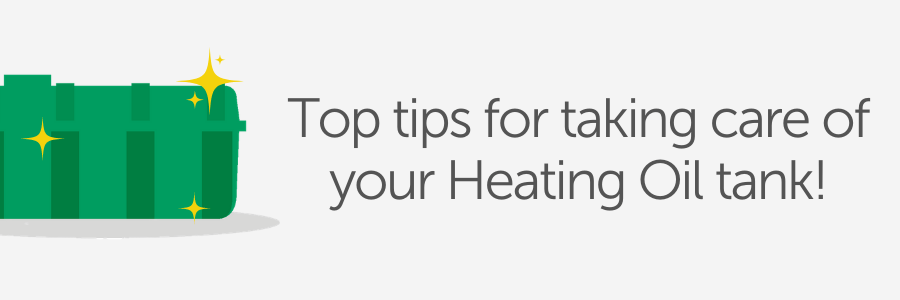
At TankTopper we recommend that you have a look at your tank at least once a month and always just before you place an order to make sure it isn’t damaged or worse, leaking.
Prevent fuel contamination or a fuel leak with our top tips below for identifying oil tank faults and signs of damage:
Check for cracks
The most common form of damage experienced by plastic Heating Oil tanks is often caused by continuous exposure to harsh weather conditions.
Over a long period of time, this can cause damage most commonly in the form of splits and cracks which can result in water contamination and leaks.
Check your tank in summer when you are using less fuel so you can remedy any damage in plenty of time before the colder months.
Check for sun damage
Tank “whitening” and discolouration is a sign of surface bleaching on your plastic tank caused by exposure to UV light.
Plastic oil storage tanks will experience sun exposure in the summer, which can cause the plastic to expand.
Sun exposure can lead to deformities being created in the plastic such as bowing and twisting.
In severe cases, these deformities can progress into cracks, which could result in an oil spill and water contamination.
Check for signs of rusting
If you have a metal tank you also need to check for signs of rust, pitting and blistering of paint. In addition to this check for oil dampness on seams and welds.
Inspect the external pipework for signs of weeping, perishing, and corrosion regularly.
Pay close attention to any connection points, where drips and leaks are more likely.
Other signs of damage could also be present, such as staining.
Need some advice?
Our experienced team can discuss with you the different options available which could include replacing your Heating Oil tank. We will put you in touch with one of our OFTEC accredited fuel suppliers who can undertake a tank survey and provide you with a quote for a new tank.



